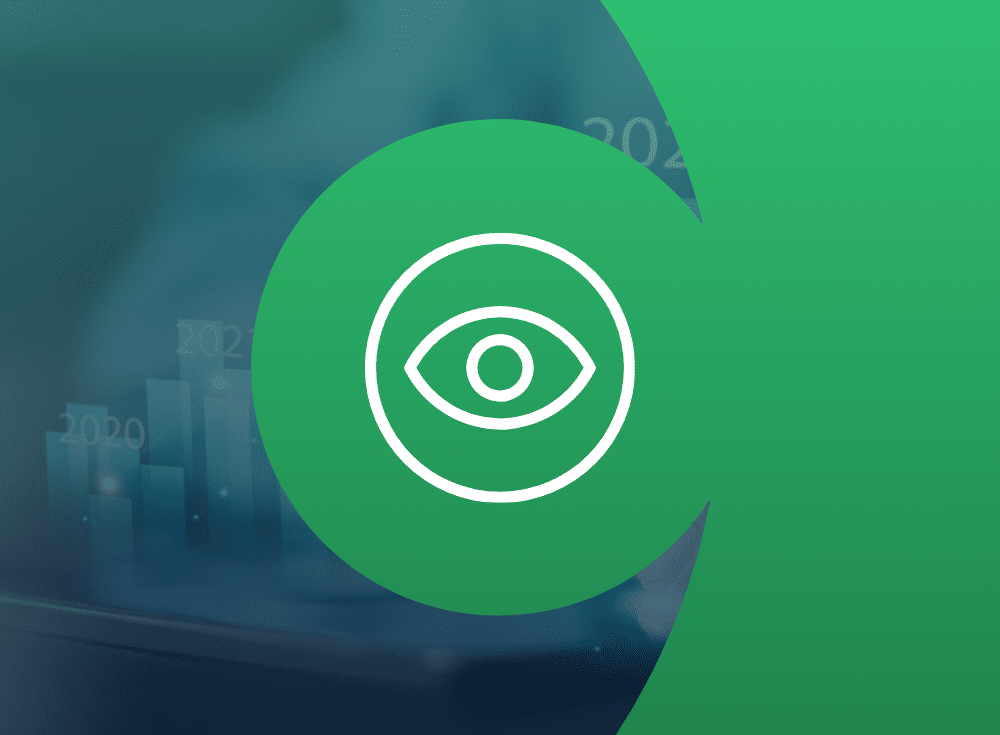Observability adoption has continued to rise and secure a place within the modern business’ technology stack – especially as companies adopt cloud native architecture.
This has brought about more questions and industry interest in what observability can do for the business at large and how it can help reduce cloud native complexity, help developers innovate, and cut costs. As we go into 2024, here are our predictions for what the observability industry will focus on and aim to address.
1. Keeping eyes on cost
Over the past year, companies increasingly realized just how costly it can be to monitor cloud native environments, given how much data they produce and the outdated billing practices of observability and monitoring companies.
Specifically, ESG Research states that 69% of organizations are concerned with observability data growth, as its growth is causing ingestion and storage costs to increase significantly over time. Combined with tighter budgets and the desire to get more predictable invoices, more organizations are looking into how they can control costs on both technical and business fronts.
“It’s really [more about] cost correlated because of the increase in the volume of data that gets produced as a company moves towards a multi-cloud or a cloud native environment. On average, that increase of data is about 12.4 x. And you can imagine correlated with that is almost an order of magnitude increase in the cost as well.” – Martin Mao
In 2024, companies will continue to figure out exactly how they can reduce overall observability costs. There are two main ways for organizations to tackle this over the year:
- Tools that can help curb data growth and help organizations get better value out of collected data
- Implementing FinOps practices to simultaneously maximize the value of cloud and create financial accountability across different business units.
“The cost is not the driving factor, but the value for dollar spent continues to have a great impact on organizations cloud native investments. – Eric D. Schabell
With both the cost aware tooling and a FinOps framework in hand, organizations can reduce the gap between the cost to run cloud native infrastructure and how much resources are actually used to keep systems online.
2. Understanding developer burnout
Alert fatigue, stressful on-call shifts, and hero developers have become the status quo for organizations that run cloud native infrastructure. But more engineering leaders are realizing high burnout rates can cost the business when it comes to talent retention, inability to out-innovate the competition and resulting poor customer experience.
The industry has become more aware of its need to address developer burnout and create a better work life balance for technical and reliability teams – but just starting to use observability to do so – and actually implement practices. With greater insight into their cloud native environments, developers can spend less time going through false alerts and troubleshooting, and more time working on value added features to the business.
“Research is consistently reporting that developer burn-out stems from too many issues and the lack of insights into their causes. With developer discipline, built in standardized processes, and effective use of observability tooling, developers can get back to focusing on the coding projects they love.”
To alleviate this, companies are looking beyond process but increasingly at tooling to help them better know, triage, and understand incidents as they occur; reduce reliance on hero developers; and make it easier for technical staff to have a realistic work/life balance.
3. Avoiding vendor lock-in
With the chaos and uncertainty of the past 12 months, companies and development teams will focus on what they can control. Specifically, they want control and flexibility with their data without the concern of vendor lock-in. To address these concerns, more organizations are investing in open source technology and integrating it as part of their observability technology stack.
“[Open source adoption] means that companies own the production of their own observability data. If you own that and, and you’re not locked into a vendor it means you can really take your data with you to whichever tool and whichever vendor, or if you wanna build it yourself, that’s an option. I think that freedom is something that unfortunately the industry has not seen in the last few years.”
This newly refreshed interest in open source means that more companies are paying attention to established projects (such as Kubernetes) and newer projects (such as OpenTelemetry) alike. As a mainstay project within the Cloud Native Computing Foundation (CNCF), Kubernetes will continue to grow its feature set and offer more capabilities for container orchestration and management.
But 2024 is going to be a banner year – and one to watch – for OpenTelemetry. The framework and toolkit provides organizations a way to centralize telemetry collection without the need for a specific vendor software, which is appealing to a lot of technical teams.
“2024 is the year you cannot ignore OpenTelemetry, the project has been on a tear with logs going GA in 2023. I predict that OTel’s project velocity will overtake Kubernetes”
4. Favoring platforms over point solutions
Last year, more organizations started to view observability as a necessary tool to help manage their cloud native environments; it could not only collect all the telemetry data the containers and microservices produced, but also had features so developers could get analysis and see what exactly was happening at any given moment.
But cloud native adoption continues to grow – so does the need for more robust observability platforms – instead of point solutions. This industry change is a natural response as organizations need to do more with the tools they have and get greater data control, tool flexibility, and control costs.
Developers and technical teams don’t want to spend time jumping through different user interfaces or software programs to find the answers they need, or have to spend money on multiple software programs. In order to manage cloud native environments at scale, they require a centralized point for data access and analysis.
“A typical enterprise has 10-15 different observability tools, many of which operate in silos. Not only is this expensive, but it also slows down developers when they are troubleshooting an incident. As we move into 2024, companies are going to get more focused on tool rationalization, and that means finding more suites and platforms that can cover many observability use cases and many environments, versus point solutions that only handle one observability signal or one use-case.”
Looking ahead at Chronosphere
Last year brought a lot for Chronosphere, for both the company and the product. We acquired more funding, launched Chronosphere Lens, and joined the FinOps Foundation. All of this momentum has helped us build out a platform that helps organizations control the speed, scale, and complexity of a cloud native world – and we’re committed to continue this work in 2024.
This upcoming year will only bring more built out features, partnerships, and business decisions to help developers get the most out of their data, businesses implement observability at a reasonable cost, and keep their systems more reliable than ever.





